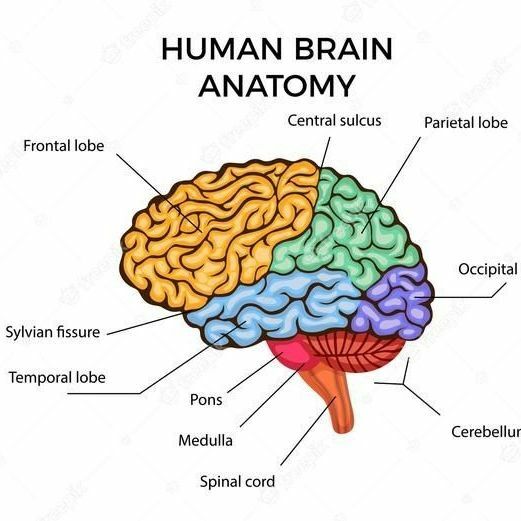Structural Differences Between Men’s and Women’s Brains and Their Psychological Effects

The human brain is an incredibly complex organ, and although the fundamental structures are consistent across all individuals, research has uncovered some differences between male and female brains. These differences are often associated with distinct cognitive abilities, emotional processing, and behavioral tendencies. Understanding these variations not only provides insights into human psychology but also highlights the importance of diversity in thought and experience.
Structural Differences in Male and Female Brains
Size and Volume
On average, male brains are about 10% larger in volume than female brains. This size difference is primarily due to physical differences in body size rather than differences in intelligence or cognitive abilities. Despite the difference in size, women’s brains tend to have a higher proportion of gray matter, which is associated with processing and cognition.
Corpus Callosum
Studies suggest that women tend to have a thicker corpus callosum, the structure that connects the left and right hemispheres of the brain. This may enhance inter-hemispheric communication, which could explain why women are often found to perform better in tasks requiring multitasking or integration of verbal and emotional information.
Amygdala
The amygdala, responsible for emotional processing and memory, tends to be larger in men. This difference may contribute to varied emotional responses and behaviors between genders. For instance, men may be more prone to react physically in high-stress situations, while women might process emotions in a way that involves deeper emotional reflection.
Hippocampus
The hippocampus, crucial for memory and spatial navigation, is often larger in women. This structural variation might explain why women are generally more adept at recalling detailed information and expressing emotions tied to memories.
Gray and White Matter Distribution
Men’s brains typically have more white matter, which facilitates communication between different brain regions, while women have more gray matter, which is associated with information processing and decision-making. This difference may underlie variations in problem-solving approaches between genders.
Psychological Implications
Cognitive Abilities
Men are often better at tasks requiring spatial reasoning and navigation, such as map reading or mental rotation tasks.
Women tend to excel in verbal tasks, emotional recognition, and memory recall, possibly due to the structural and functional differences in the hippocampus and gray matter.
Emotional Processing
Women generally exhibit greater empathy and emotional intelligence, potentially due to stronger inter-hemispheric connections and increased activity in brain areas associated with social cognition. Men, on the other hand, may process emotions more compartmentally and are often more task-oriented in emotional problem-solving.
Behavioral Tendencies
Men are more likely to engage in risk-taking behaviors, potentially linked to their larger amygdala and hormonal influences like testosterone.
Women tend to prioritize social bonding and cooperation, possibly due to differences in the corpus callosum and hormonal factors like estrogen and oxytocin.
Stress Response
Under stress, men are more likely to exhibit a “fight or flight” response, whereas women are inclined toward a “tend and befriend” approach. This distinction is influenced by both structural brain differences and hormonal factors.
Implications for Society
Understanding these structural and psychological differences has practical implications. In education, recognizing gender-based learning preferences can help tailor teaching methods. In healthcare, considering these differences can improve mental health treatment strategies. Additionally, in the workplace, leveraging the strengths of both genders can foster collaboration and innovation.
Important considerations:
Individual variability:
While there are average trends, individual brains vary greatly, and many people do not fit neatly into gender stereotypes based on brain structure.
Environmental factors:
Socialization and life experiences play a significant role in shaping cognitive abilities, not solely determined by brain structure.
Research limitations:
Studies on brain differences between genders are complex and ongoing, with ongoing debate about the interpretation and significance of findings
While men’s and women’s brains differ structurally in several ways, these variations do not imply superiority or inferiority of one gender over the other. Instead, they reflect the diversity of human cognition and behavior. By embracing these differences, society can benefit from a richer tapestry of perspectives and capabilities, ultimately fostering a more inclusive and balanced world.

























